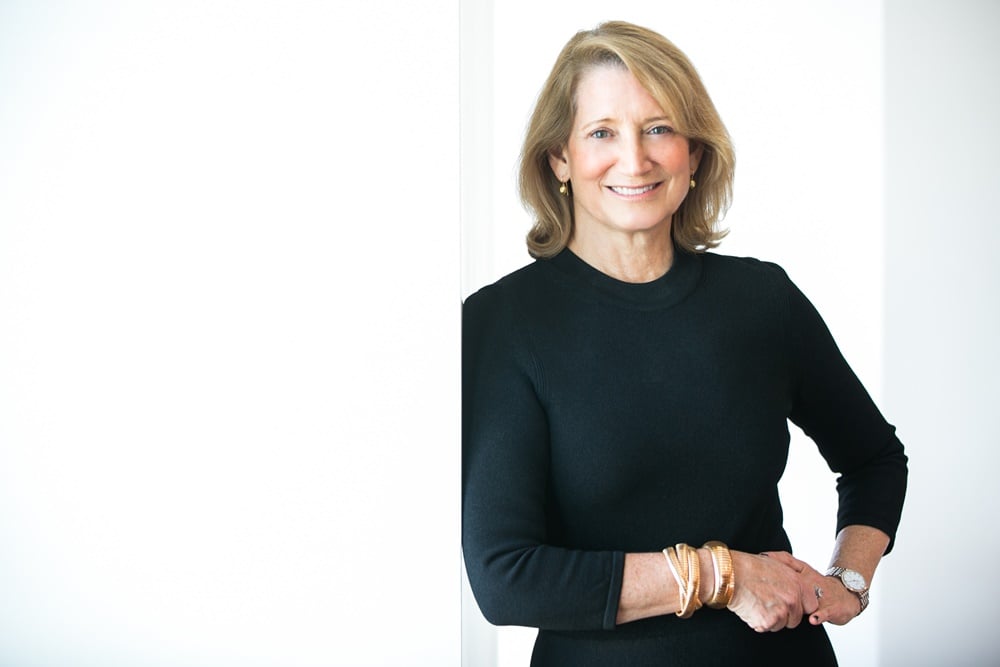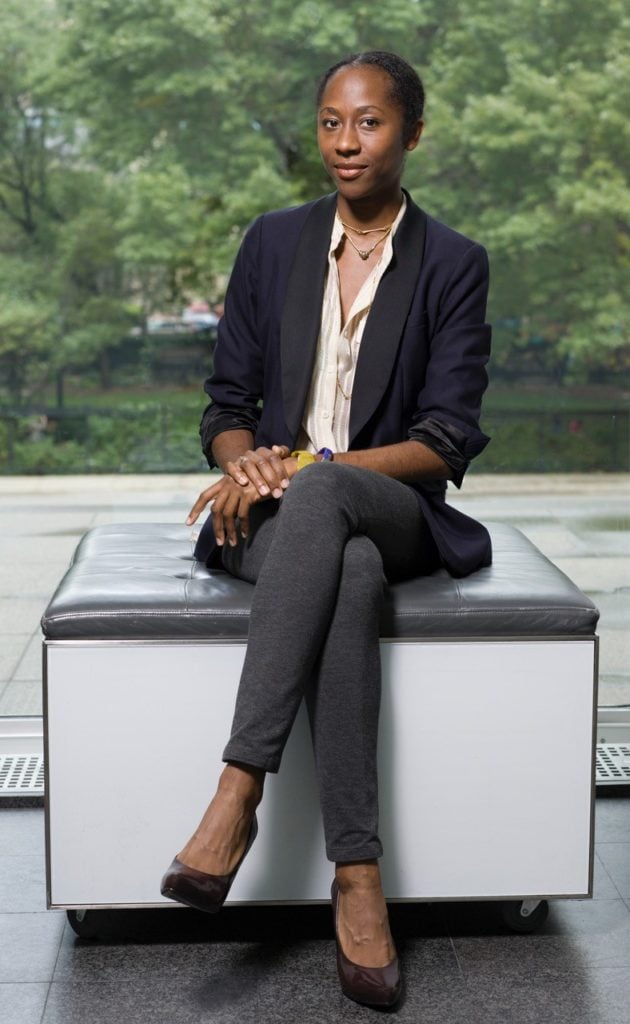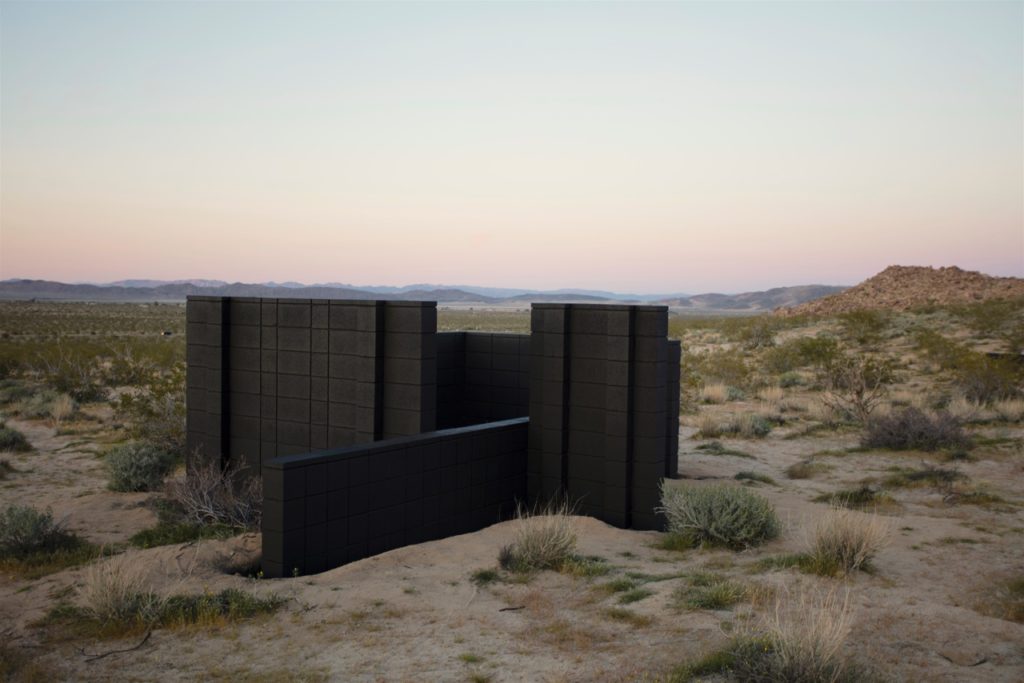People
Who Will Step in to Replace the NEA? This Woman Wants to Try (at Least a Little)
VIA Art Fund is also now funding curators and experimental art spaces.

VIA Art Fund is also now funding curators and experimental art spaces.

Amid ongoing concern about President Donald Trump’s alarming proposal to slash or eliminate public arts funding, will individual patrons and independent philanthropic organizations step in to help close the gap? Boston-based contemporary art collector and philanthropist Bridgitt Evans is trying to make that happen, via VIA Art Fund, a non-profit that pools philanthropic donations to support a wide range of art initiatives. (“VIA” stands for “Visionary Initiatives in Art.”)
Recently, they have even branched out beyond traditional support of artists, adding more innovative grants, including supporting needy curators, and supporting experimental non-profits.
“Never before has the need for funding of the arts become so urgent and meaningful,” Evans told artnet News. “VIA is proud to provide essential funding… especially at this critical and historic moment for the field when NEA funding is at risk.”
Founded in 2013, VIA consists of more than 50 contributing fund partners, most of whom are already collectors. They hail from across the US, but meet twice a year to review and vote on grant proposals. Their hands-on approach to art funding has included bankrolling production of work, publicly exhibiting it, and placing the work in public collections.
“I use the word ‘investing’ because of my business background. I always think of it through that lens of really investing in artists and ideas,” Evans explained.
VIA wrapped up 2016 having given out some $640,000 in grants, ranging from $10,000 to $100,000 each. To date it has given $1.85 million in grants. (By contrast, the NEA’s annual budget is $148 million.)

Naomi Beckwith, photo by Nathan Keay, © MCA Chicago.
For 2017, VIA has just named MCA Chicago curator Naomi Beckwith to receive its inaugural Curatorial Fellowship grant.
“Often for a mid-career curator, there’s just not enough money for that independent travel that might make an exhibition more interesting or even just support their own practice over the trajectory of a career,” Evans said. “Our first VIA curatorial fellow gets these discretionary funds, and they’re totally aspirational. We just ask that [Beckwith] let us know what she’s doing so we can learn from it. She’s also sitting in on our grant meetings, giving us advice and context and better understanding for some of the proposals we receive.”
The annual curatorial fellowship grant is $15,000. Additionally it comes with a travel stipend, a separate budget of up to $5,000 that covers travel-related expenses to attend grant advisory and partner meetings in person in VIA locations or to participate in VIA educational trips and tours.

Andrea Zittel, Planar Pavilions at A-Z West (2017) Photo: Andrea Zittel. VIA Artistic Production Grant Recipient 2016.
Another new initiative is the “Incubator” grant category, specifically created to support small-to-mid-size nonprofit organizations that embrace innovation and experimentation. Recipients for 2016 including Art21, Cambridge Arts Council, The Kitchen, and Recess.
Meanwhile, VIA’s “Artistic Production” grants have been announced for projects including: Mark Bradford’s presentation at the upcoming Venice Biennale; a permanent mural by Barry McGee for the exterior of the Moscone Center Garage in Yerba Buena, California; a newly commissioned work of art (the artist has yet to be announced) for Prospect.4 New Orleans; a new video commission by JJ Peet for the exterior of the Berkeley Art Museum and Film Archive; and a permanent installation by Andrea Zittel at High Desert Test Sites in Joshua Tree, California.
Evans, who began collecting contemporary art in 2000, said she was mostly self-educated in terms of learning about artists.
“There came a time when I just had hit a wall,” she said. “I wanted to know more and to be more deeply engaged and to not just support artists by buying their work. So I started exploring the idea of starting a philanthropic fund, gathering like-minded patrons and enthusiasts, and we began pooling our resources. It’s really a way of continuing to learn.”